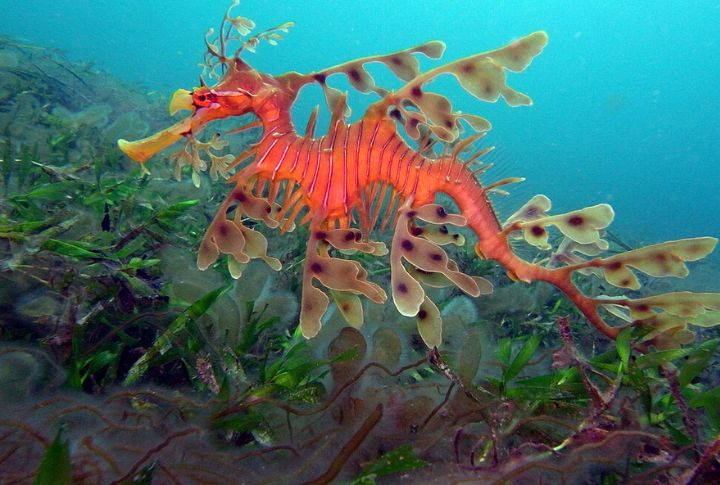
Turns out, human dads aren’t the only ones surprising us. In the animal world, some fathers take things way further—they literally deliver the babies. It’s weird, it’s wonderful, and it completely flips the script on parenting. Ready to meet the wild dads redefining what “expecting” means? Let’s dive in.
Common Seahorse
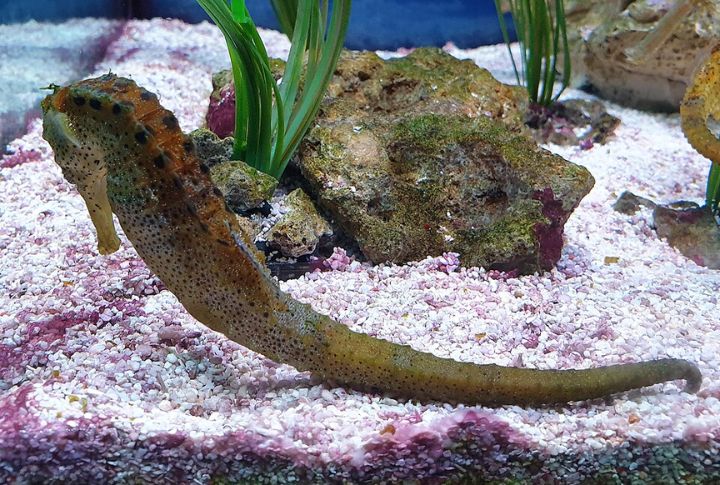
Instead of guarding the eggs, the male seahorse actually carries them. Inside his pouch, he keeps up to a thousand embryos, supplying oxygen and nutrients until they hatch. This unusual role reversal lets the female conserve energy for future reproduction, which increases the pair’s overall reproductive success in seasonal environments.
Gulf Pipefish

In quiet coastal waters, male Gulf pipefish take full control after mating. They incubate eggs inside a pouch that adjusts its internal chemistry to protect growing embryos. By managing salinity and fluid exchange, the male creates a stable environment that mimics the female’s body, essential for development in tidal zones.
Leafy Seadragon
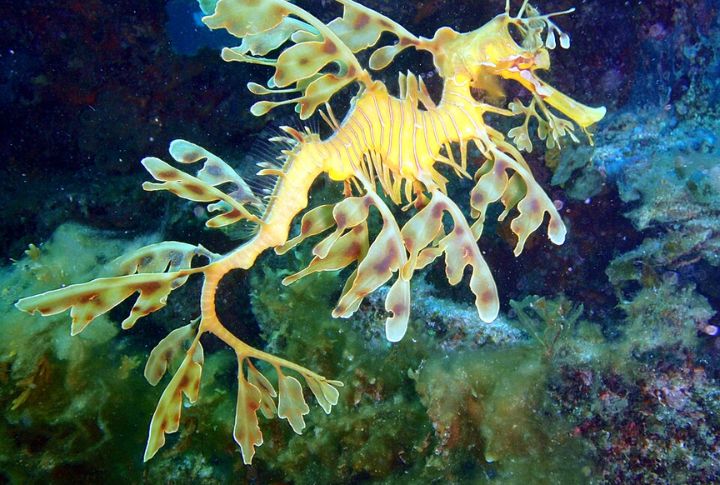
Covered in leaf-like fins that confuse predators, the male Leafy Seadragon does more than hide. He carries around 120 eggs on a soft patch under his tail, subtly waving it to keep them oxygenated. After about a month, he releases fully independent young into the shifting currents of the southern oceans.
Emperor Penguin
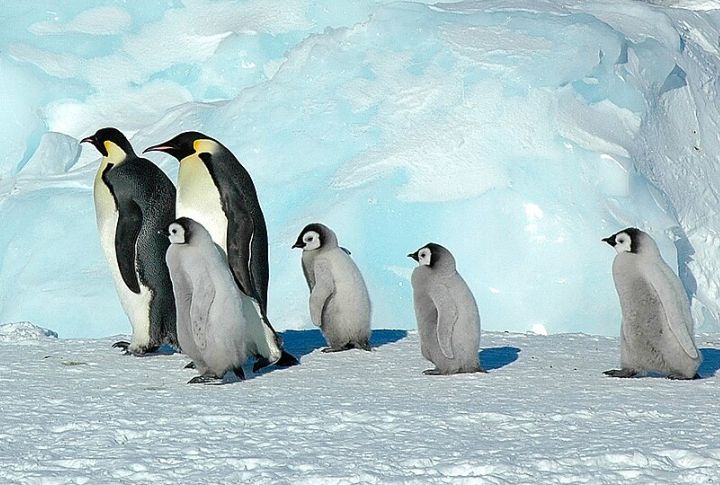
Around the brutal Antarctic winter, it’s the male Emperor penguin who stands guard over the future. He balances a single egg on his feet for over two months, shielding it beneath a fold of skin. As wind and snow batter the landscape, he fasts—living off fat alone—to protect the life beneath him.
Darwin’s Frog
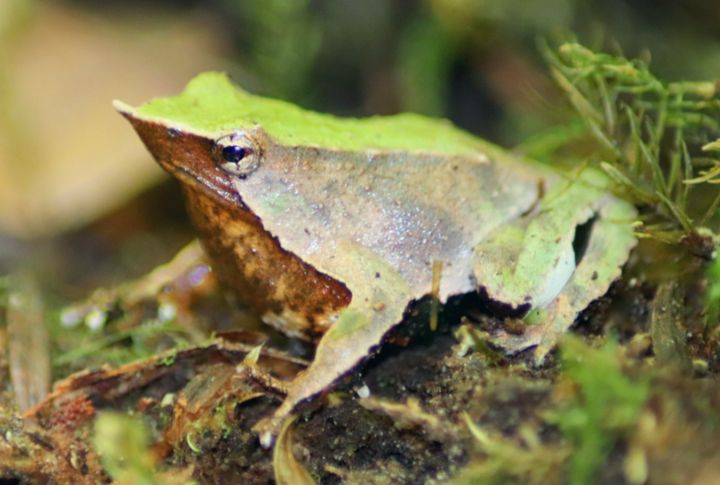
This tiny forest frog flips parental roles in a way few amphibians do. After fertilization, the male swallows the eggs into his vocal sac. Inside, the tadpoles develop safely until they emerge as froglets. It’s an internal nursery that shields them from predators, temperature swings, and dehydration on the forest floor.
Yellowhead Jawfish
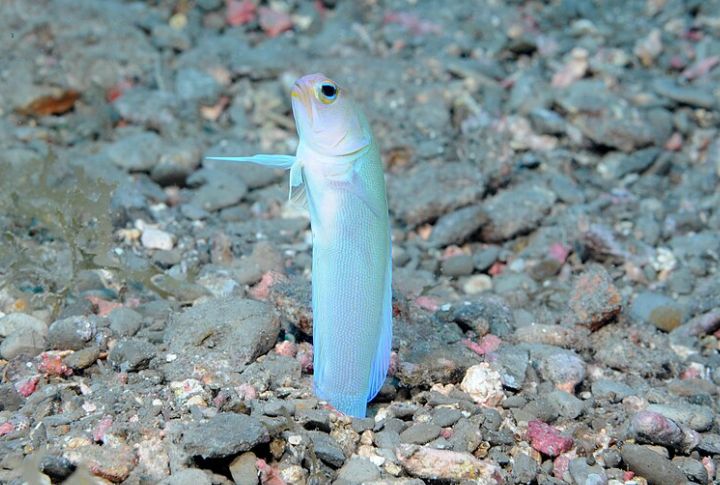
The male Yellowhead Jawfish doesn’t build nests—he becomes one. He carries fertilized eggs in his mouth, carefully rotating them to ensure airflow. For days, he won’t eat. His sandy burrow offers shelter, but it’s his patience and precision that give the next generation a fighting chance in coral reef life.
Cardinalfish

Timing and restraint define the male Cardinalfish’s role. After fertilization, he tucks the eggs into his mouth—and won’t eat a thing until they hatch. This mouthbrooding tactic shields the clutch from reef predators, and release often aligns with moonlight to boost the newborns’ odds in open water.
Sea Catfish

Beneath coastal waves, the male Sea Catfish takes on an unusual burden, which involves dozens of fertilized eggs resting in his mouth. He navigates murky estuaries with care, avoiding strong currents and sharp-toothed threats. The technique ensures protection in areas where nests would vanish quickly or attract scavengers.
Black-Chin Tilapia
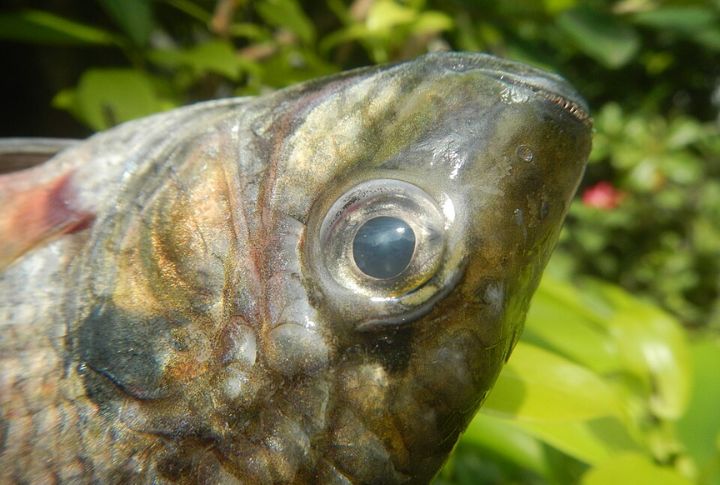
There’s a visible cost to fatherhood in the Black-Chin Tilapia. As he guards eggs inside his mouth for weeks, his body weight drops noticeably. Yet this effort pays off, as by the time the young are released, they can swim independently, ready for unpredictable waters and sudden predators.
Silver Arowana
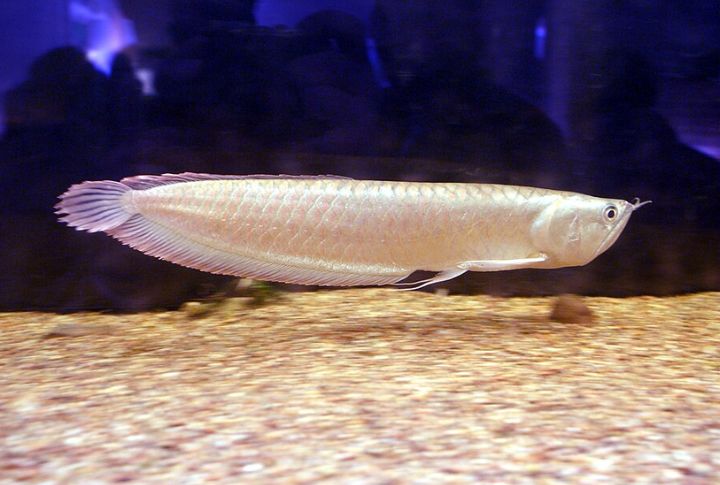
Nothing about Silver Arowana’s parenting is ordinary. The male cradles eggs and young in his mouth until they can feed themselves. If danger nears, the juveniles dart back inside. In flooded forests and winding rivers, this method means survival for fish that face predators above and below the surface.

